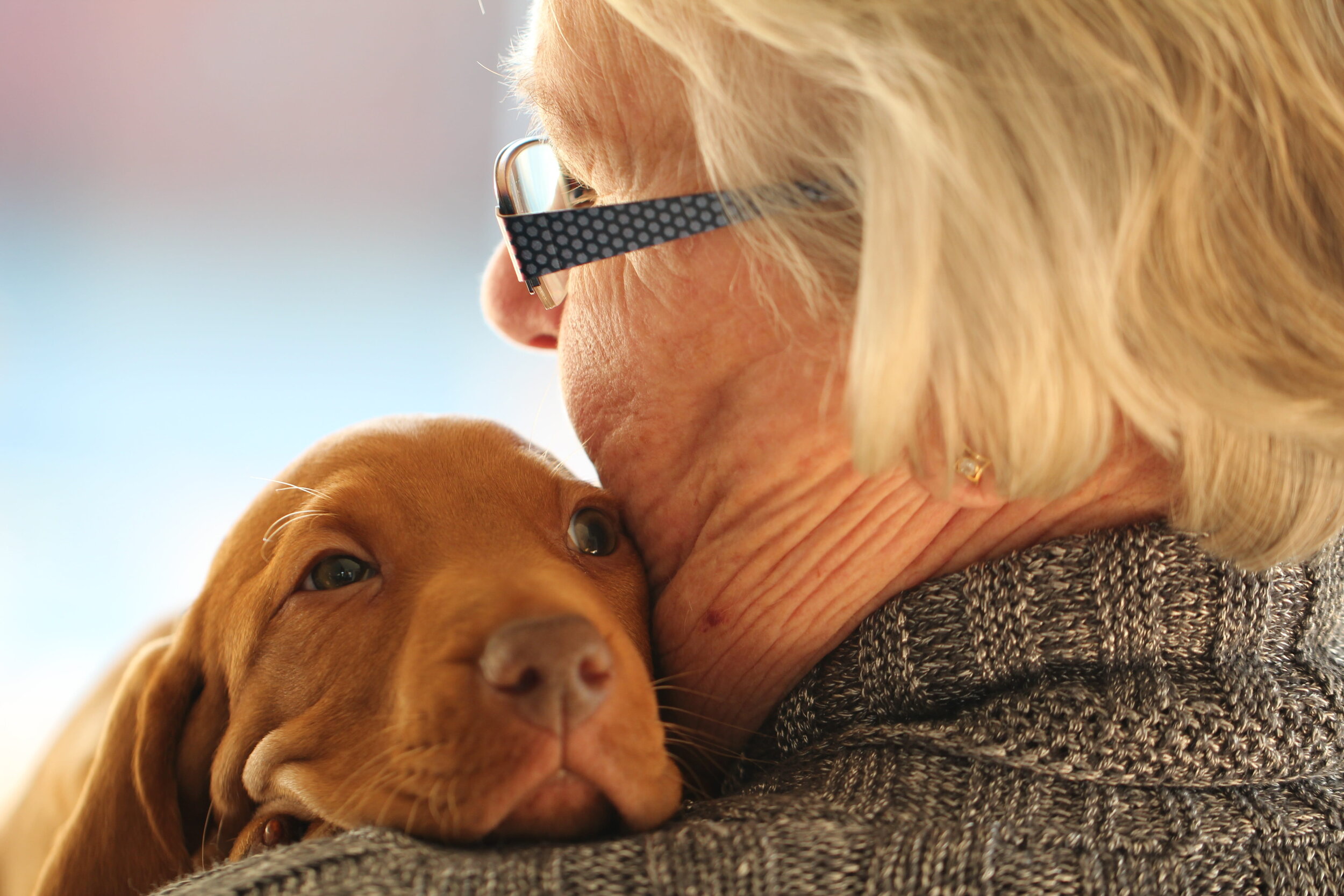by Claire Anderson
We’ve written about it before—it’s something we tell clients, sure, but also every friend and family member that gets a new puppy: socializing your puppy is more important than any training you can ever do at any other point in their lives.
What is Puppy Socializaton?
The American Veterinary Medical Association defines socialization as, “Socialization is the process of preparing your dog to enjoy interactions with other dogs and be comfortable with other animals, people, places and activities.”
Essentially, it’s your job as a new puppy parent to develop a well-adjusted puppy who is prepared for the world. So what does it take to socialize your puppy and when should you start? Well, the sooner the better for starters! Let’s get into it.
Dachshund puppies! (Does it get any cuter?)
Why SHould I socialize my puppy?
Your puppy enters the world without any understanding of our environmental and social structures. In order to develop a new puppy into a well-adjusted dog, we need to introduce them to as many things they will experience in their life while they are still young and growing and learning. This a great chance to socialize your puppy to fit your life! For example if you travel a lot, introduce your dog to car or bus rides and busy places.
Socialization is also the only way you will know of any areas of your dog’s exposure that need improvement. For example, if you never took your puppy to the arboretum, how would you have known he very fearful of the sound of a tree trimmer and the sight of a gazebo? Ah now you’ve got something to work on! And it is so much easier with a puppy than a fearful adult dog.
By the time most people bring their puppy home for the first time, the puppy will already be almost halfway through his prime socialization period! Think about it like this: let’s say your dog lives fifteen years. You’ve got about 8 weeks of time with your puppy, or roughly 1% of their life, to make a lasting impression that will directly affect the other 99%. So, skip the Netflix and go on a (safe) adventure.
Some puppies are extra cautious and fearful at a very young age as a result of things like genetics, prenatal stress, or early experienced trauma. In these cases, socialization is even more important. If you are unsure of how to go about socializing a very fearful pup or feel you need support, we can help get you and get your puppy set up with a Fear Free Certified Veterinarian. It might also be a good idea to consider joining a weekly puppy play group.
How do I socialize my new puppy?
Just think about giving your puppy as many diverse experiences with as much of a variety of people and places as possible. Set up play dates with dogs you know are healthy (and up-to-date on vaccinations) in clean areas like homes or back yards. Take your puppy on walks around busy areas, carrying them when necessary. Join puppy play groups that are held in clean, sanitized areas. In your home, present many different objects, like tents, umbrellas, balloons, and large boxes, to your dog and encourage exploration of these objects. There are sounds files all over the internet of noises you can use to desensitize your dog like fireworks, thunder, and alarms that you can play at various levels of volume.
Image by Pxfuel, used under a Creative Commons license.
Here’s a helpful list of other things you can do get started socializing your puppy:
Take a trip to Home Depot, Lowes, Ace, DIY, or another hardware store near you! Hardware stores are usually dog-friendly.
Go to your Fear Free Certified veterinarian. Spend five minutes in the lobby, introducing your puppy to any receptionists, vets, or technicians and give yummy treats on the scale.
Visit coffee shops or breweries.
Join a puppy training class.
Attend puppy socialization events.
Set up play dates with friends who have social dogs of varying sizes and ages.
Go to parks that have playgrounds so your puppy is accustomed to children.
Go to a train depot or airport.
Car, train, bus, and plane rides.
Have a party! Invite all of your friends and have them wear costumes and bring props like umbrellas, tennis rackets, helmets, boxes, etc.
Go camping!
Remember to keep it positive and give your dog good experiences—you don’t need to be a drill sergeant. Simply walk around and explore, treating your puppy here and there. Stop and play, say hello to people. If there’s a new environment or surface unfamiliar to your dog, toss a treat on it and let your pup explore. If there’s a sudden noise, praise your puppy and toss them a treat!
Bring a notebook (or use your phone) to take notes or videos, and bring three levels of treats so you have a treat ladder: level one is basic (something like kibble), then maybe your typical dog treats, and third tier is something like real meat or cheese.
For other socialization ideas, we always recommend Sophia Yin’s Socialization Checklist to our clients. This is an extensive socialization checklist including a guide on body language and fear responses.
When Should I Socialize My New Puppy?
Socialization should begin when the puppy is three weeks old. The sensitive and most effective period for socialization is from three to fourteen weeks of age. We know that most people bring home a new puppy when they’re eight to ten weeks old, leaving about a month to six weeks in that prime time for socialization. Really, safe and appropriate socialization should start as soon as possible, so don’t worry so much about when you start just start as soon as you can!
If your dog is over the age of four months, they are no longer in the “prime” period of socialization. But just because your puppy’s prime socialization period is over, doesn’t mean that socialization can’t still be effective. Take it slow, be gentle, and pay extra attention to any fear you notice in your dog.
What to do if you notice a fear response in your puppy
“Because the first three months are the period when sociability outweighs fear, this is the primary window of opportunity for puppies to adapt to new people,
animals, and experiences. Incomplete or improper socialization during this important time can increase the risk of behavioral problems later in life including fear, avoidance, and/or aggression.”
When you visit these places, you may notice your dog is scared of some things. Fear has many appearances: it might look like growling or barking, or it could be a frozen puppy who doesn’t want to move. Maybe your puppy is hiding behind you or trying to run away. Maybe it’s more subtle, like a furrowed brow and low tail. We always found it helpful to have a handle on how to read canine body language. Yes, doggy body language is a thing! We swear by it. For a quick read that just might change your life, check out Calming Signals by Turid Rugaas. It’s one of our favorites.
If you notice extra fearful behavior, remove yourself and your dog from the situation immediately. If you are perceiving fear, a dog trainer would be the best resource to be able to help you and get your puppy set up with a Fear Free Certified Veterinarian right away.
Vaccinations or Socialization? Or Both?
For a long time, to us dog trainers, the conversation of whether socialization or isolation (for health safety) is more important has felt like a battle with the majority of the veterinary community. Thankfully, we are currently meeting in the middle with a safe compromise! The veterinary health concern is that puppies should not be exposed to environments where viruses like canine parvovirus, distemper, hepatitis, leptospirosis, and parainfluenza may be present. This is because they are not completely protected until they have had the full round of vaccinations, which usually doesn’t happen until fourteen to sixteen weeks. The behavioral concern is that the window for prime socialization ends around this time, and if exposure to people, places, sounds, smells, animals, objects, surfaces isn’t facilitated, the dog may have lifelong fears and stress. The American Veterinary Society of Animal Behavior’s position on puppy socialization is an excellent resource for the safe compromise of these two concerns and the solution.
The good news is that you can give your puppy proper socialization relatively safely!
My Personal Experience with Socialization
I have two dogs. One is my soul dog: my 14 year old dachshund Miles Davis, who I got at nine weeks old. I took him everywhere with me: to class, to work (I managed a dog daycare at the time), on the bus, the train, and introduced him to at least 200 people, all before he was four months old. This dog is BOMB-PROOF. Nothing phases him. Cool as a cucumber. This is what thorough socialization ensures. I can trust him in any situation. The other dog is Ziggy, a seven year old who I rescued when he was under two years old. I have no idea what his puppyhood looked like, though I can assume it was traumatic and lacked proper socialization. There are certain situations in which I will never be able to completely trust him. Sudden loud noises make him jump out of his skin. Large dogs scare him. Motorcycles are terrifying. Children who make fast movements will cause him to lunge. This is just the beginning of the list. It goes on and on. He will never be as calm and collected as Miles. This is likely due to a combination of things but I would put my life savings on him being calm and trustworthy had he experienced proper socialization.
Take it from a professional dog trainer: if you get a new puppy, socialize them!




